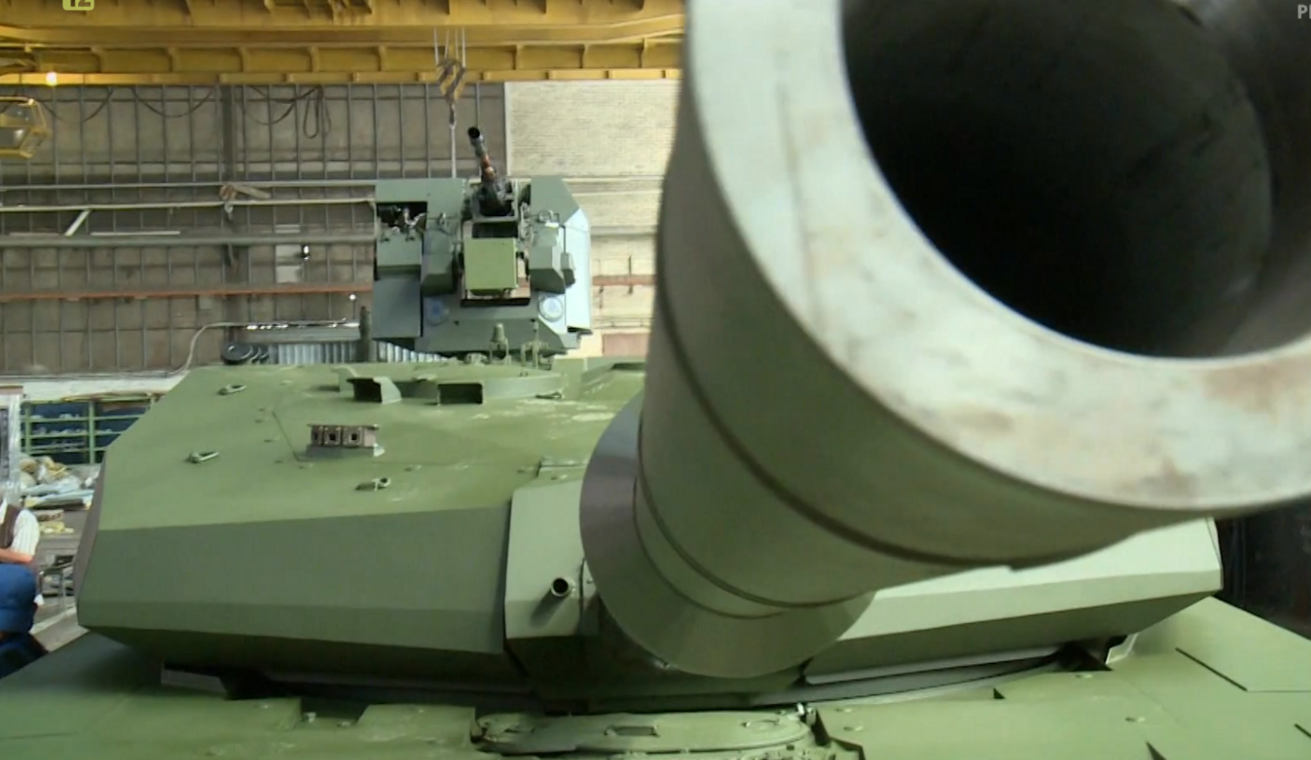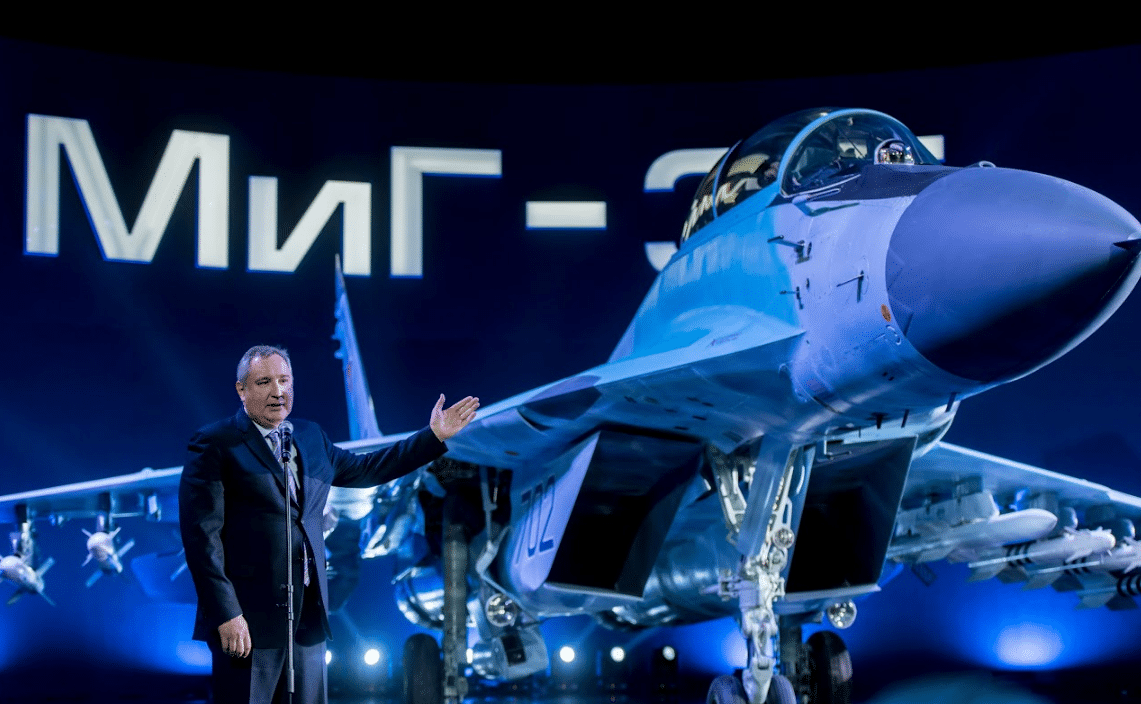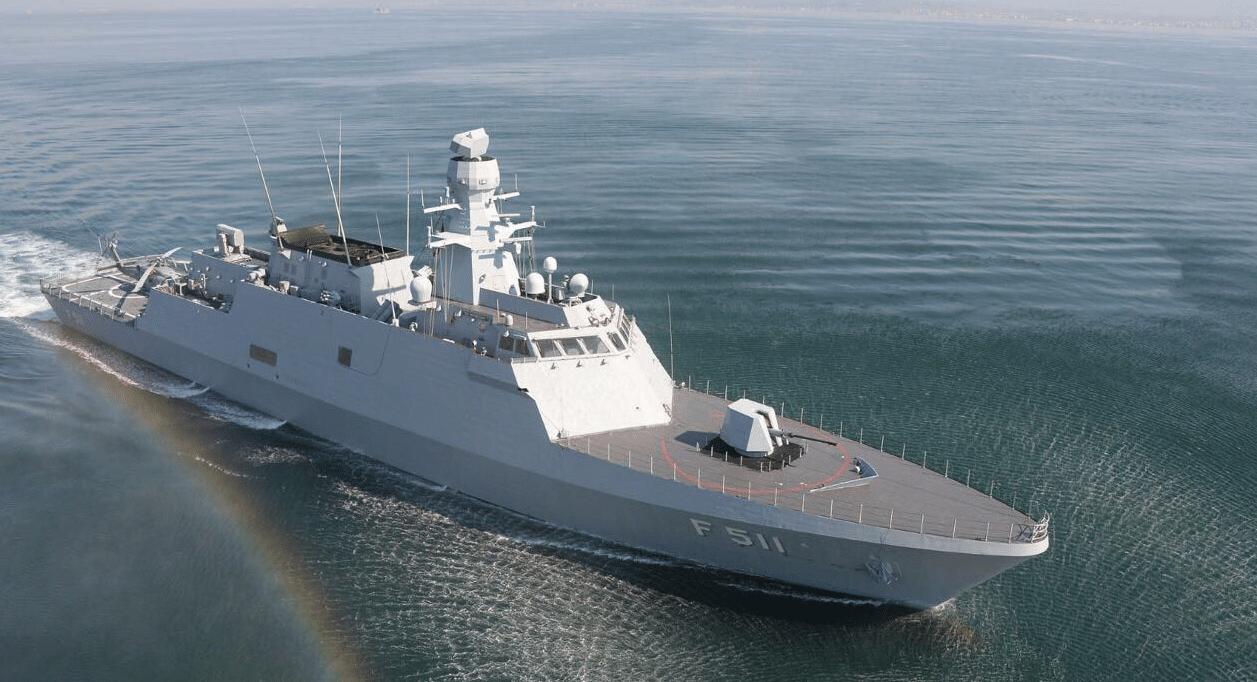365Views 9Comments

Opinion: The al-Khalid MBT should draw inspiration from Poland’s PT-16.
The Polish defence industry is reportedly teasing examples of its upcoming armoured solutions, namely the so-called PT-16 main battle tank (MBT) and Anders armoured fighting vehicle (AFV). Before continuing, it must be noted that the images and the information were from a single unofficial source – a blog known as Below The Turret Ring (BTTR). However, the images seem to originate from a region-restricted video, and the blog’s content is dependable and accurate.
Based on the information available (please visit BTTR for complete details), the PT-16 MBT seems to be a very promising system. According to BTTR, the PT-16 was developed primarily for the export market (as the Polish Army itself has chosen the Leopard 2 to form the mainstay of its own tank force). The PT-16 is derived from the PT-91 “Twardy”, which is directly based on the legacy – and very ubiquitous – T-72, which had formed the mainstay of many armies in the Eastern Bloc and the developing world.
However, the combination of major design changes and subsystem additions make the PT-16 a different and truly superior MBT to its progenitor, the T-72. For example, the PT-16 boasts a new welded turret, which is armed with a 120mm smoothbore gun, the standard tank gun calibre in NATO. The armour is comprised of a new modular composite design, one that beckons to modern concepts implemented on the German Leopard 2 Evolution. There is also a remote weapon station.
Additional details of these improvements (as well as other additions) can be found on BTTR’s post, but the general point at hand is that the PT-16 is evidence that legacy platforms – if configured with current day subsystems and technologies – can remain relevant. The PT-16 is an example of where investments in specific subsystems and developmental avenues can remedy a tank platform’s existing shortfalls, and in turn, produce – at minimum – a promising new solution.
In one case, Pakistan’s al-Khalid series comes to mind. Currently, the al-Khalid MBT has not seen a massive level of production since its initial batch of 300. Strenuous economic problems in the late 2000s, as well as the pivot to revitalize and upgrade existing armour stocks, put the al-Khalid on the backburner. Originally, the al-Khalid was – along with the al-Zarrar (another valuable example in extensive platform development) – to form the mainstay of Pakistan’s tank force.
Despite the recent dearth in production, Pakistan still has to scale the original investment it had made in the al-Khalid. In the early 1990s, Pakistan adopted the NORINCO T-90 platform from China, and in turn, spent the subsequent decade configuring the design to align with the needs of the Pakistan Army. This was primarily done by integrating the design with various third-party subsystems, such as the 1,200hp 6TD-2 diesel engine acquired from Ukraine, into the tank. An iterative update in the form of the al-Khalid-1 was also revealed during the 2014 International Defence Exhibition and Seminar (IDEAS).
Today, observer expectation has shifted to the supposed al-Khalid II, which should (or at least ought to) amount to a significant platform upgrade (akin to what the Polish PT-16 is to the PT-91). There are scarcely any verifiable details into the al-Khalid II, but if the Pakistan Army and Heavy Industries Taxila (HIT) are still in the process of examining upgrade avenues, drawing inspiration from the Polish defence industry could be an option. In fact, the combination of substantive changes to armour technology, the integration of new internal subsystems (e.g. thermal imager, laser-targeting, etc), an active protection suite (APS) with hard-kill measures, and a new engine should not be taken lightly. If executed along a comparable pattern as that of the PT-16, the al-Khalid II could be decidedly different MBT (in practical terms) to the al-Khalid-1.
Like its current iteration, HIT and the Pakistan Army are likely to drive the development of the al-Khalid II along the same lines as that of the al-Khalid. In other words, third-party subsystems will be central to the al-Khalid II’s development. However, in contrast to the 1990s, the leading foreign vendors may in some respects be different. For example, in light of the recent climb in defence relations with Turkey, Pakistan could potentially look to Aselsan for internal subsystems, and perhaps even show interest in the Aselsan Akkor APS program. On the other hand, Pakistan could return to Ukraine for a new engine, such as its recently unveiled 1,500hp 6TD-3 diesel engine.
While importing certain subsystems is an attractive route, some areas of platform development may require Pakistan to make substantive domestic investments. For example, current generation composite armour technology is a prized gem for every vendor in possession of it (in terms of transfer-of-technology); few vendors will part with it, and those that do, will exact a high return from the buyer. The domestic production of composite armour is fully scalable in that it can be implemented on hundreds (if not thousands) of tanks as well as armoured vehicles over several decades. Finding partners to help HIT form the capacity to produce such armour with minimal foreign dependence ought to be a central priority.
In any case, the al-Khalid II – conceptually at least – has the potential to be a significant improvement over its present form. It would be incorrect to state that the cost savings of another al-Khalid would make it easy to phase out the very large of legacy T-59s, but the al-Khalid II could end up being affordable enough to build a potent tank force in both relative numbers and quality. For the most part, the scope will only be as high or low as the Pakistan Army defines it.



9 Comments
by Muhammad Khurram Bhatti
300 is a very disappointing figure after fifteen years of service. No wonder there are no buyers of Pakistani big ticket equipment. If it is that good, why don’t we have even a division worth of force of it?
by middleway1
The knowhow for a lot of technologies is freely available, since a of of research is done in universities and public research centers and published before it is picked up by industry for defense or industrial applications. For example, regarding composite armour, a cursory search yielded this paper https://www.researchgate.net/publication/283735712_Composite_armour_-_A_review
by SP
Large production run is required to make production of any system financially viable. Nowadays industrial robots play an important role in commercial production and this is an area that HIT should look at. These robots can be purchased from Germany or Japan. More attention needs to be paid to industrial processes and how they could become more efficient. HIT should hire management consultants that specialise in these tasks and get their input.
I vaguely remember reading how previously Poland was interested in selling tanks to Pakistan but when Pakistan instead purchased from.Ukraine the Polish changed their tune towards Pakistan. I wouldn’t trust them again.
by Quraishi
I feel the top minds in warfare do not see tanks as instrumental enough for future warfare, as the major power has stopped investing in newer tank models.
Now tanks can be easily taken out by drone technology etc. Tank is a slow bulky assets with lesser and lesser use in modern warfare.
As for the armor, no matter what composite it’s made of, if the enemy systems can penetrate it and destroy the tank those composite makes no difference.
I feel it’s rather better to invest in advance drone technology and portable small anti tank systems, and other advance guided high explosive systems that can deliver punch similar to the tanks main gun.
Lastly Pakistan is a heavely populate country, for an enemy to invade such a country with tanks is out of question, and thus the systems of traditional warfare e.g. Tanks are less and less relevant in achieving what may be the strategic objective.
by Sami Shahid
Pakistan should only buy Chinese MBT-3000
by Mohsin E.
That is inaccurate. All major powers are heavily investing in heavy armor. In Europe, France-Germany are working on the Leopard 3, the UK is working on upgrading the Challenger 2, Russia unveiled the T-14 platform, South Korea and Turkey are working on the Panther/Altay. And the US budget for Abrams upgrades increased 50% in 2016.
There is no replacement, currently, for heavy armor on the battlefield, despite the range of threats against them. Without heavy armor, ground forces can NOT punch through defenses, especially on open terrain. No matter how urbanized the world becomes, there will always be open terrain you have to capture swiftly. That’s what heavy armor is for.
Also, “drones” are useless against tanks, because armored formations are heavily protected by low-level mobile SAM systems. Which is another reason why gunships are so dangerous, as they can hover behind cover. However, the goal is to counter gunships, not abandon armored thrusts, because that’s not an option, in this era at least.
by Hashim Rasheed
Just talking to get inspiration, I find the French LECLERC to be a really attractive tank, with good design and capability features.
by Hashim Rasheed
According to http://www.tanks-encyclopedia.com/modern/Pakistan/al-khalid.php,
There are 500+ in service and another 600 on order.
by Khalid Riaz
I think Pakistan should not discount the threat posed by armoured attacks. Not all parts of Pakistan are densely populated, and given that the country has so little depth, aggressive armoured movements can be potentially dangerous. Moreover, the densely populated areas have to be defended. This is what Pakistan did at Lahore, Sialkot, and Chawinda during the 1965 war.